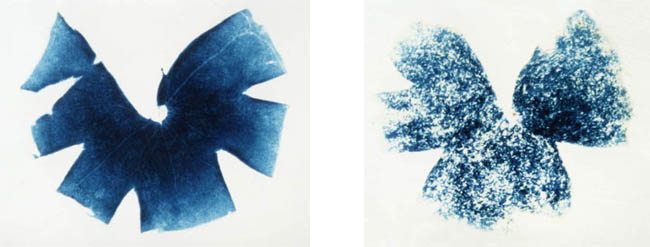

Given the potentially devastating impact of WSMV on affected cereal crops, the occurrence of this disease in wheat has been a cause for concern because losses can range from minimal to complete crop failure (French and Stenger, 2003). WSMV is hosted by many plant species of the family Poaceae, including wheat ( Triticum aestivum L.), oat ( Avena sativa L.), barley ( Hordeum vulgare L.), maize ( Zea mays L.), millet ( Panicum), Setaria and Echinochloa spp., and several other grasses (Chalupníková et al., 2017 Dráb et al., 2014 French and Stenger, 2002).

The virus is widely distributed in most wheat-growing regions of the world, including the USA, Canada, Mexico, Brazil, Argentina, Europe, Turkey, Iran, Australia and New Zealand (Hadi et al., 2011 Navia et al., 2013). It is transmitted by the wheat curl mite (WCM, Aceria tosichella Keifer). The finding thus proposed a new genus known as ‘ Tritimovirus’ within the family Potyviridae, for which WSMV is the type member (Rabenstein et al., 2002). Later, the complete genome sequence and evolutionary analysis established WSMV with the whitefly-transmitted Sweet potato mild mottle virus and not with Ryegrass mosaic virus, the type member of the genus Rymovirus (Stenger et al., 1998). WSMV was formerly placed in the genus Rymovirus together with mite-transmitted viruses of the family Potyviridae.

Wheat streak mosaic virus (WSMV) was first observed by Peltier in Nebraska in the Central Great Plains of the USA in 1922 and described as ‘ yellow mosaic’ (McKinney, 1937 Staples and Allington, 1956). Mitigation of losses caused by WSMV will require enhanced knowledge of the biology of WCM biotypes and WSMV, new or improved virus detection techniques, the development of resistance through traditional and molecular breeding, and the adaptation of cultural management tactics to account for climate change. The most effective, Wsm2, has been introduced into several wheat cultivars. Resistance genes Wsm1, Wsm2 and Wsm3 have been identified. Three types of WSMV are recognized: A (Mexico), B (Europe, Russia, Asia) and D (USA, Argentina, Brazil, Australia, Turkey, Canada). WSMV detection is by enzyme-linked immunosorbent assay (ELISA), reverse transcription-polymerase chain reaction (RT-PCR) or quantitative RT-PCR (RT-qPCR). In the spring/summer, the mites move from the maturing wheat crop to volunteer wheat and other grass hosts and transmit WSMV, and onto newly emerged wheat in the fall to which they transmit the virus, completing the disease cycle. In the autumn, WCMs move from WSMV-infected volunteer wheat and other grass hosts to newly emerged wheat and transmit the virus which survives the winter within the plant, and the mites survive as eggs, larvae, nymphs or adults in the crown and leaf sheaths. Infected plants are stunted and have a yellow mosaic of parallel discontinuous streaks on the leaves. Low rates of seed transmission have been reported. The only known vector is the wheat curl mite (WCM, Aceria tosichella), recently identified as a species complex of biotypes differing in virus transmission. It is a monopartite, positive-sense, single-stranded RNA virus and the type member of the genus Tritimovirus in the family Potyviridae. Wheat streak mosaic virus (WSMV) causes wheat streak mosaic, a disease of cereals and grasses that threatens wheat production worldwide.


 0 kommentar(er)
0 kommentar(er)
